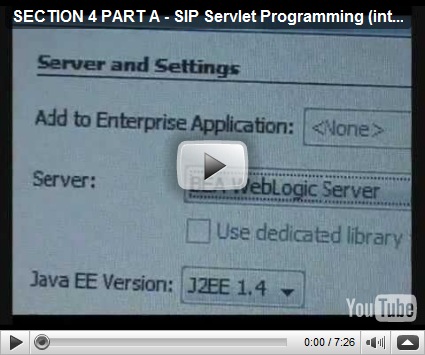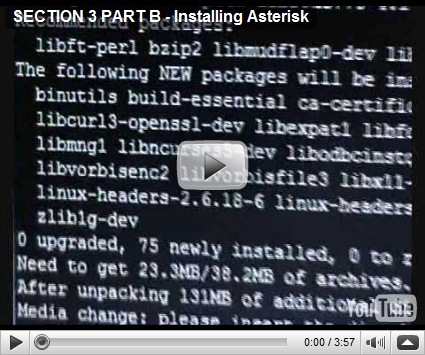I guess this is the first entry in my blog where I actually try to recall things and organize them into a more or less coherent rambling... :D. I need to write it down so I wouldn't forget these interesting (and possibly valid) points...; mostly skepticisms. A healthy dose of it :). And when I say skepticism what I really mean is: I need some education. So, please, feel free to chip in.
Allright, so I just had a talk in
zona rosa*) with one of the guys who are going to help me with the production of chapter 1 (it's going to be a dialogue, a bit of change in the plan: from interview to a dialogue; more persons will be involved).
Where do I start? Ok: bit pipe. I picked that term from a paper that explains a couple of (suggested?) business models around IMS (IP Multimedia Subsystem). Backtrack: you know the title of this video series I'm making is "IMS Application Development using SIP Servlet and VoiceXML". Lately I think the title is a bit inaccurate though.
The production of video series was actually started from the idea to share some experience and knowledge I've acquired in developing application using SIP Servlet and VoiceXML. It just happen to be the most recent project where I used those stuffs has something to do with IMS, in the sense that the application was deployed in the IMS network of a telco operator (in mexico).
SIP Servlet, SIP, and VoiceXML, they're all internet technologies, it's not exclusively IMS (i.e.: we can use those stuffs for developing telecomunication services outside the context of / that have little to do with IMS). Anyway, I'm just trying to put some context around SIP Servlet and VoiceXML programming, and I picked IMS. Beside, I think it's useful to know / keep an eye of what those telco operators are up to, what are they going to do this IP thing (3G, etc).
That's it: what are they going to do? Actually -- according to that paper -- this is one of the business motivations for telco operators to adopt IMS: to avoid the gloomy fate of degenerating into a mere bit-pipe. Basically, what they would like to be: a kind of marketplace for the services -- IP based services -- and profit from it (that's how I understand it).
That sounds reasonable to me. The paper went on by stating this IMS will provide a framework for achieving that objective. I vaguely recall it's mentioned somewhere that the centralistic nature of the framework fits in very well with the tendencies / preferences / (or habit?) of those operators: maintaining as much control as possible.
With the subscriber base in their hands, the service providers that are hooked to them, and the premise that the subscribers are more likely to their trust their sensitive data in the hand of telco operators: throw the single sign-on thing in, and voila, the telco operator turn into a hub. Money. Money?
Somehow it reminds me of portal. I was wondering if the paper is suggesting something similar to it, but for telco. I'm quite skeptical. To begin with, portal to me is useless. I don't want to be confined in one single page with all the stuffs fitted into those small boxes throughout my browsing session. Instead, I have lots of tabs in my browser, and my homepage is set to Google. What else do I really need? I find that a more effective way of navigating this mish-mash of information. I believe unproportionately large population of netizens think that way too. So, portal is a NO to me in my browser..., and so is it in my handset (phone).
Another example closer to telco is this walled-garden approach, where the telco operators basically tries to hide the internet from the user. Yes, they tried that and they failed. Simple: lack of content only generates lack of interest. If we try again today in the age of 3G and iPhone, we will fail again, in a much harsher way. Lesson learned: don't fight the internet. Just don't.
Seriously I don't think that is they path they are going to (re)take. I mean: I don't want to believe it is the case. So I must be missing something here. Anyone?
This boils down to a (temporary) conclusion: this push to avoid "becoming a bit pipe scenario" is misguided. I mean, why should they try to become something that they are not? Their business has always been providing access, so why not focus on it. It's fine becoming a "mere" bit pipe. Just win the market by building bigger, better pipes. Right?
I have more to say but it's very late now. I'm sorry I can't provide the link to the paper I mentioned, I'm too tired to look for it. Again, please chip in, I'd love to hear your opinion or the facts you might have.
Oh, one last thing: the chapter 4, the introduction to SIP Servlet programming. Yes, I already have the video recordings and also the voice recordings. Now comes the tedious task of cuting-and-pasting those video and voice recording segments. I really do want to finish doing it this Saturday.
--
*) Why all the cantinas are closed tonight, that we had to walk to zona rosa just to find a place to drink and talk?






